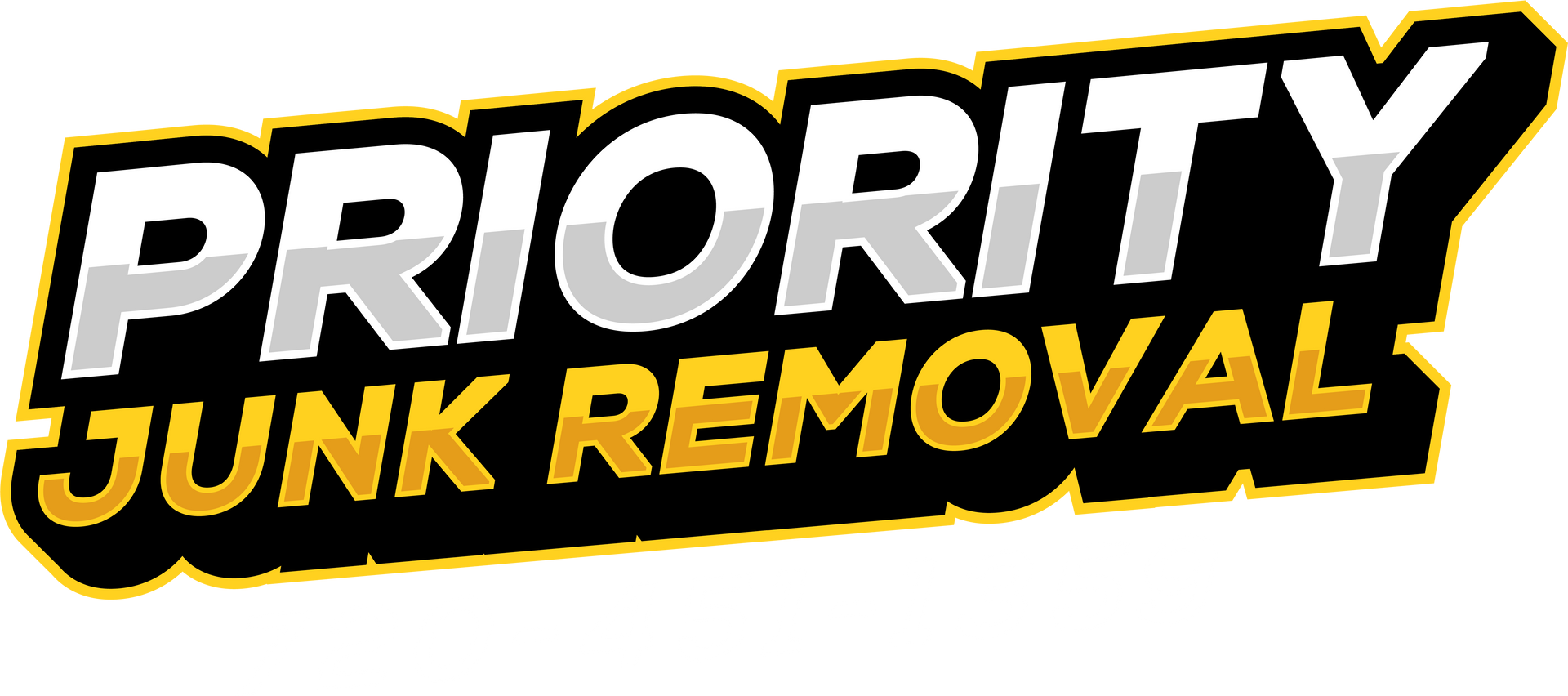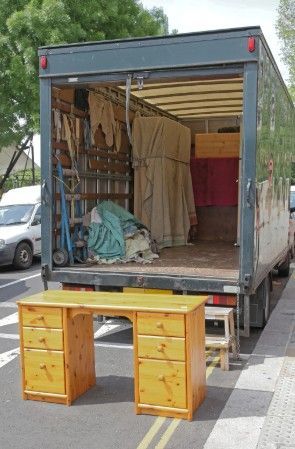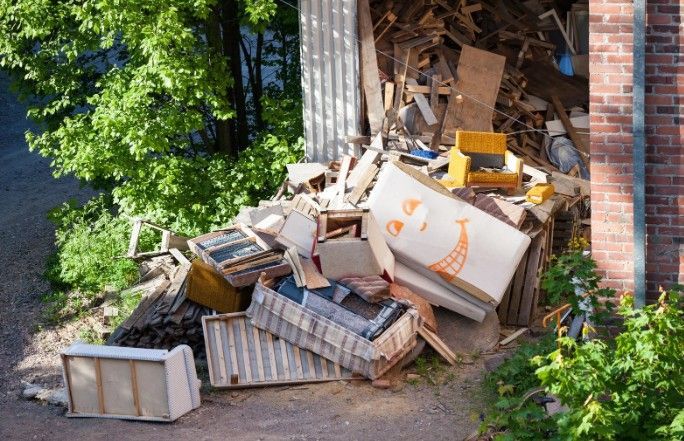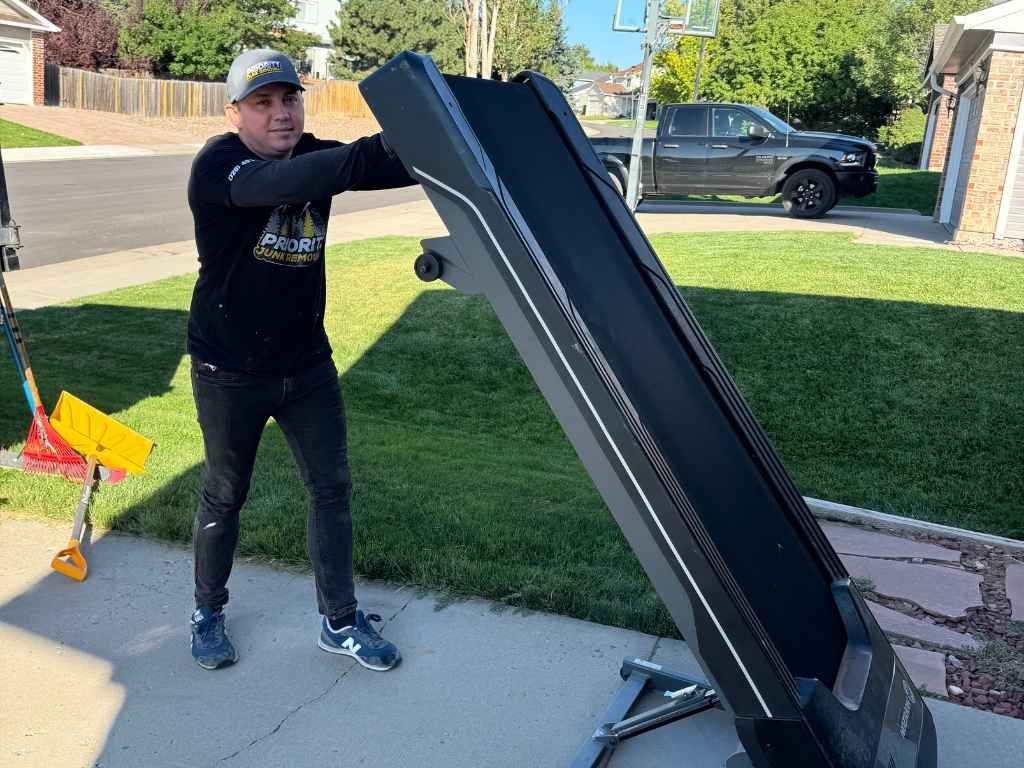How to Separate Recyclables from Trash Like a Pro
Separating recyclables from trash may seem straightforward at first glance, but doing it like a pro requires a deeper understanding of what belongs where, why it matters, and how small changes in habit can significantly influence environmental outcomes. Recycling isn’t just about tossing paper in one bin and everything else in another—it’s about being intentional, informed, and consistent.
Learning the ins and outs of recycling can empower you to become a more conscious consumer and responsible homeowner. With landfills growing and natural resources depleting, the way we manage our waste matters more than ever. This guide walks you through how to master the art of separating recyclables from trash. You'll get actionable tips, avoidable errors, and a better grasp of the environmental impact tied to your everyday decisions.
Understanding the Different Waste Categories
To separate like a pro, you first need to understand the broad categories waste falls into. Household waste typically gets divided into recyclables, compostables, and true trash. Recyclables include paper, plastics, metals, and glass—but the catch is, not all types within those materials are accepted everywhere. Compostables involve food scraps and organic matter, while non-recyclable trash includes dirty pizza boxes, broken ceramics, or anything too contaminated for reprocessing.
Getting familiar with local regulations and your recycling provider’s list of accepted materials is step one. What might be accepted in one neighborhood could be rejected in another. For example, some places accept plastic caps on bottles, others don’t. Staying informed keeps your efforts effective and prevents wishful recycling—when people toss items they hope are recyclable, but aren't, contaminating entire batches.
Cleaning and Preparing Items for Recycling
Recycling doesn't start when you put something in a bin—it starts at the sink. One of the most common mistakes people make is throwing items with food residue into the recycling bin. That leftover spaghetti sauce on a jar or grease-soaked paper can compromise the entire load, leading it straight to the landfill. That’s not only a waste of your efforts but a disruption to the recycling process.
To prep like a pro, give your recyclables a quick rinse. Empty all containers completely and remove non-recyclable parts like foil linings, plastic films, or labels if required by your local program. Let washed items dry before tossing them in to prevent mold. It might seem like an extra step, but it ensures your recyclables stay viable for reuse, closing the loop effectively.
Decoding the Recycling Symbols and Numbers
Ever flip over a plastic container and spot a triangle with a number inside? That’s a resin identification code, and it tells you what kind of plastic you’re dealing with. But here’s the twist—not all of those plastics are recyclable. For instance, #1 and #2 plastics (like soda bottles and milk jugs) are widely accepted. Meanwhile, #6 (commonly found in Styrofoam) is often rejected.
Understanding these symbols can dramatically improve your recycling game. Learn to recognize and sort plastics that are accepted locally. Don’t assume that just because something has a recycling symbol it belongs in the blue bin. Read up on what’s welcomed in your city’s system, and keep a quick-reference chart near your recycling area. It’s an easy trick that ensures more gets reused and less ends up wasted.
The Do’s and Don’ts of Paper Recycling
Paper seems simple, but not all paper is created equal in the recycling world. Office paper, magazines, newspapers, and clean cardboard are good to go. However, things like greasy pizza boxes, wax-coated paper cups, or used tissues belong in the trash or compost bin—not the recycle bin. Contaminants ruin batches and derail processing machines.
To recycle paper like a pro, keep it dry, clean, and flat. Remove plastic windows from envelopes if required, and break down boxes to save space. Flattening materials also helps collection crews transport more per trip, reducing emissions. Never recycle shredded paper unless your provider specifically says it’s allowed, as it can clog equipment. A little mindfulness goes a long way.
Separating Metals and Glass Properly
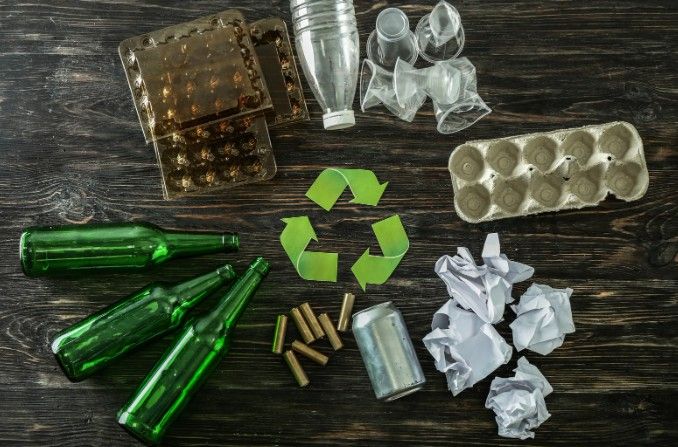
Metals and glass are some of the most valuable materials to recycle because they can be melted down and reused indefinitely without quality loss. But again, not every piece of metal or glass qualifies. Aluminum cans, tin food containers, and clean glass bottles are usually welcome. Mirrors, light bulbs, and ceramics are typically not.
Remove any plastic caps or food scraps before tossing them in. Don’t bag your recyclables—leave them loose. If you’re recycling metal hangers or wires, make sure they’re accepted in your local program, as they can tangle machinery. Rinsing and separating these materials helps keep the recycling stream pure, ensuring they make it back into the supply chain.
Why Composting Helps Streamline Recycling
Separating recyclables from trash doesn’t end at the recycling bin. Composting helps reduce the volume of what gets sent to landfill and prevents contamination in recycling loads. Food scraps tossed with recyclable paper or containers ruin the potential of otherwise reusable materials. Composting redirects that waste into nutrient-rich soil instead.
Set up a small compost bin in your kitchen for fruit peels, veggie scraps, coffee grounds, and eggshells. If your community has a green bin program, use it. You’ll be amazed at how much less you throw out and how much easier it becomes to manage your recycling station. Plus, it cuts down on odors and keeps your bins cleaner overall.
How to Set Up a Foolproof Recycling System at Home
Getting organized is half the battle. A well-labeled, clearly separated system turns recycling from a chore into a routine. Use separate bins for paper, plastics, metals, and glass, and keep them near your main trash can for convenience. Color-code them or use icons to help kids or guests learn what goes where.
Place a cleaning station nearby with access to water or wipes so you can rinse items on the spot. If space is tight, stackable bins or pull-out drawers work well. Make recycling effortless, and everyone in the household will be more likely to stick with it. Over time, these little upgrades pay off in cleaner habits and less waste.
What Happens When You Get It Wrong
Tossing a greasy pizza box in the paper bin or a half-full yogurt cup into plastics can cause more damage than you’d think. Contaminants can ruin entire batches, meaning truckloads of recyclables are rerouted to the landfill. That’s not only inefficient, it’s expensive for waste processors and discouraging for sustainability efforts.
Learning from your mistakes is part of the process. If you’re unsure whether something is recyclable, check before you toss. When in doubt, leave it out. It’s better to throw one questionable item in the trash than risk contaminating everything else. Getting recycling right isn’t about perfection—it’s about intention and improvement.
Staying Updated on Recycling Rules and Changes
Recycling rules aren’t carved in stone. As technology evolves and local facilities update capabilities, what you can and can’t recycle may change. Stay in the loop by checking your municipality’s waste management updates or subscribing to newsletters from your hauler. That small act of staying informed helps ensure your efforts stay aligned with the latest practices.
Changes in accepted items often reflect broader shifts in global recycling markets. For example, many cities no longer accept glass due to rising processing costs. Others may accept items like Tetra Pak cartons or soft plastics. Don’t assume yesterday’s rules still apply. Stay curious, stay updated, and adapt your routine accordingly.
How to Spot Recyclables in Everyday Items Most People Overlook
The key to recycling mastery lies in spotting overlooked opportunities. Egg cartons, toilet paper rolls, and glass spice jars often end up in trash bins due to habit or confusion. By pausing before you toss and asking yourself if something might have another life, you start to see your waste differently. Train your eye to look beyond the obvious.
Many everyday items come with recyclable packaging that’s not immediately obvious—such as paper sleeves on frozen meals or metal bottle caps. Start by reading labels and checking for recycling symbols. Once it becomes second nature, you’ll be surprised how much your waste stream shrinks. Tiny shifts in awareness create big ripples in sustainability.
Avoiding the Most Common Mistakes in Curbside Recycling
Even seasoned recyclers slip up now and then. One of the most common mistakes is bagging recyclables in plastic garbage bags, which most facilities can’t process. Another issue is contamination from food and liquids, which ruins otherwise clean materials. Knowing what not to do is just as crucial as knowing what to include.
Take a minute to review your habits. If you’re in a rush, pause and rinse your items later instead of throwing them in dirty. Flatten boxes, separate materials when needed, and never assume mixed materials are automatically recyclable. Mastering these details turns you into a reliable part of the recycling ecosystem.
Conclusion
Becoming a pro at separating recyclables from trash doesn’t require perfection—just commitment and a bit of strategy. As landfills continue to swell and recycling systems adapt, taking the time to sort waste responsibly creates ripple effects far beyond your curb. From rinsing containers to decoding recycling symbols and setting up intuitive home stations, each small step makes a measurable difference. Whether you’re tackling contamination or educating others, progress comes from consistency and awareness.
For those in Littleton seeking to simplify their junk removal and waste separation process, Priority Junk Removal is here to help. Reach out at 720-451-1359 or email priorityjunkremoval@gmail.com to learn more about eco-conscious disposal. Your commitment to cleaner habits starts with the right support—and the right partner.
